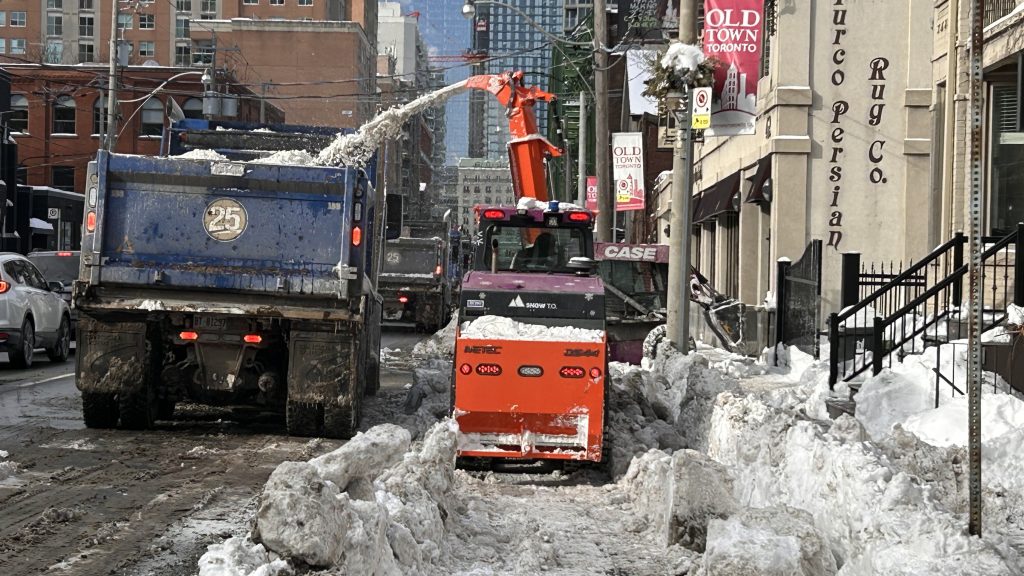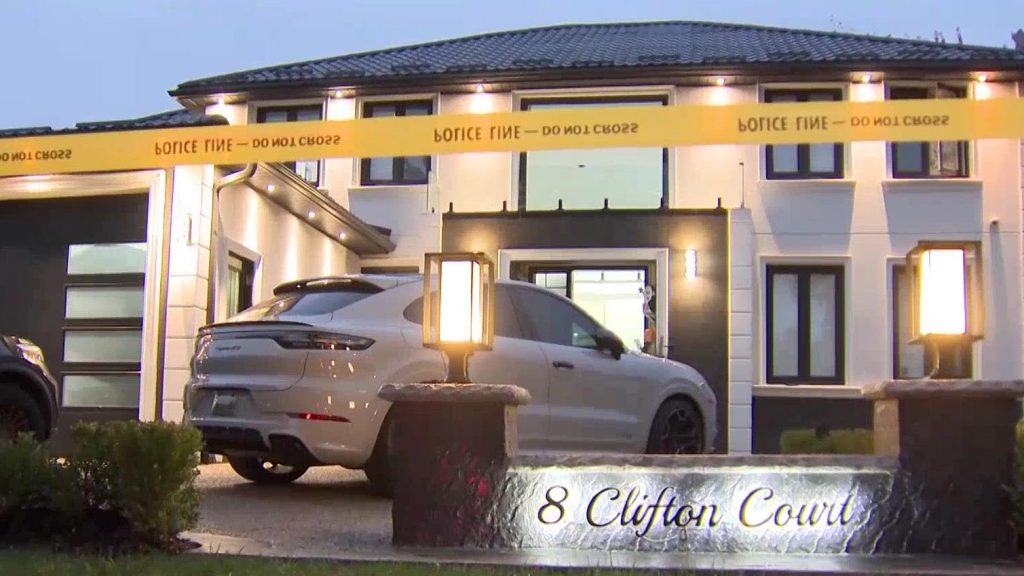The City Council of Toronto has officially approved an updated snow removal plan aimed at preventing the chaos experienced last February, when a series of storms left the city buried under more than 50 cm of snow. In the aftermath of the storms, many residents voiced their anger and frustration as sidewalks remained inaccessible for days, with the removal process extending over a lengthy 18-day period.
A subsequent report from city staff revealed that nearly half of the City’s winter sidewalk clearing equipment was non-operational during the crucial snowfall. This prompted Mayor Olivia Chow to call for a thorough review of the contracts with private companies responsible for snow removal services in Toronto.
The review explored options for increased spending, but the city ultimately decided on establishing a centralized command structure. This new approach will incorporate a range of departments, including the Toronto Transit Commission (TTC), police, fire services, and snow clearing operations. Additionally, it will enable residents to report areas requiring immediate snow removal directly to the city.
“This city should always have taken an emergency response approach when we have a massive, massive snowfall,” remarked Councillor Josh Matlow, emphasizing the need for a proactive strategy in the face of severe winter weather.
City manager Paul Johnson has expressed confidence that there will be no repeat of last year's issues. “We listened to what happened last year, and I think we’re going to respond in a much better way this year,” he stated. Johnson assured that if another significant snowfall occurred, the experience for Torontonians would differ greatly due to the measures that have been implemented.
The success of the updated snow removal plan is particularly critical for Mayor Chow, as the future of her administration may hinge on its effectiveness. With city elections scheduled for next October, residents are likely to react negatively to another winter with inadequate street and sidewalk clearing.
Brad Bradford, a vocal critic and declared mayoral candidate, pointed out the mismanagement that led to last February's turmoil. “Last year, in February, the city was thrown into chaos because Mayor Chow and this administration were not able to take care of the basics – snow clearing, snow removal – in a winter city like Toronto,” he commented.
Councillor Alejandra Bravo, who represents the Davenport ward, one of the areas severely impacted by the February storm, has emphasized the importance of accountability among both public services and private contractors. “I have high expectations, and I will be holding people accountable because my ward cannot suffer the way it did last year. We all expect as residents better service and more value for money,” she asserted.
As part of the new plan, residents will be able to contact 311 to report snow issues sooner, and operations will begin earlier in the season. The process for ploughing will also be altered so that roads are cleared first, which is expected to prevent snow from being pushed back onto cleared sidewalks.
In addition to these changes, the Council has voted to improve public access to real-time information regarding winter operations. This includes push notifications about snow clearing, removal, and parking restrictions during winter events. Moreover, fines for vehicles obstructing streetcars on snow routes will increase from $200 to $500. The Council is also considering legislation to require corporate property owners to clear snow from sidewalks adjacent to their properties at their own expense.












